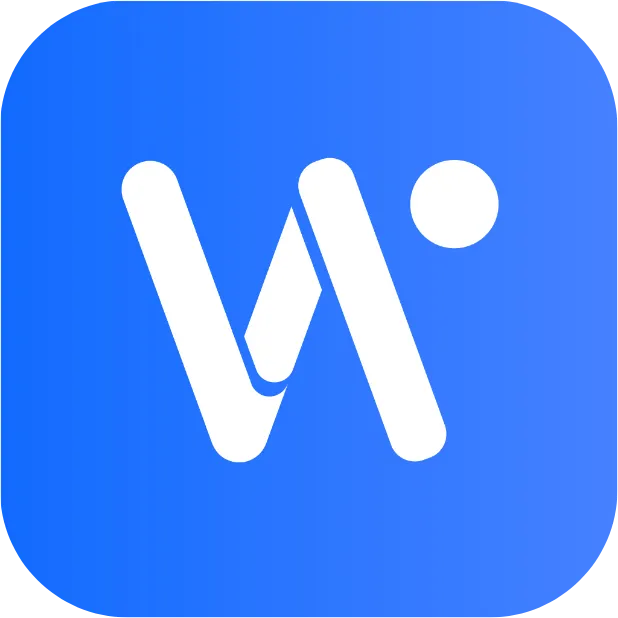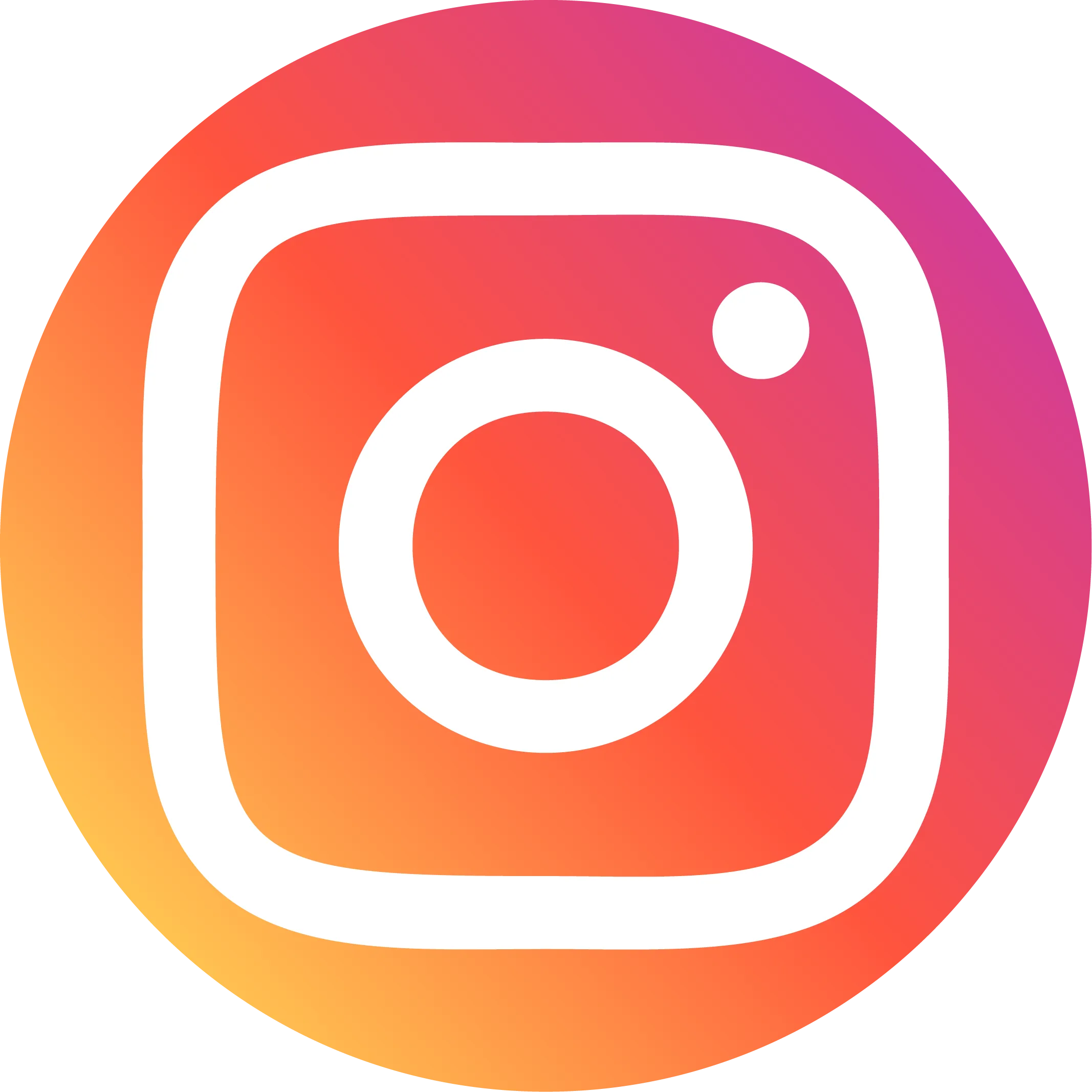Step-by-Step Guide: Omnichannel Success with Bing Ads for Maximum ROAS
The digital advertising landscape is undergoing a seismic shift as consumers increasingly engage with brands across multiple touchpoints—from search engines and social media to streaming platforms and gaming environments. Recent research from Bing Advertising reveals that 75% of users now find conversational AI search experiences equally or more satisfying than traditional search methods, signaling a fundamental change in how consumers discover and evaluate products. In this evolving ecosystem, omnichannel marketing has emerged as the gold standard for advertisers seeking to meet customers wherever they are in their journey.
Bing Ads plays a pivotal role in this omnichannel approach by offering unique access to Microsoft’s expansive network, which reaches 786 million searchers across platforms like Microsoft Start, Outlook, Edge, and gaming ecosystems. Unlike single-channel strategies that focus solely on last-click conversions, omnichannel campaigns powered by Bing Ads engage consumers earlier in the consideration phase, nurture them through mid-funnel interactions, and drive conversions with precision. The integration of Bing Advertising solutions—such as Performance Max, Audience ads, and conversational AI integrations—enables advertisers to deliver cohesive messaging while optimizing for key metrics like ROAS and conversion rates.

I. Case Studies: Real-World Omnichannel Success Stories
The transformative power of Bing Ads in omnichannel strategies is best illustrated through real-world success stories. MediaMarktSaturn, Europe’s leading electronics retailer, leveraged Microsoft’s audience intelligence to achieve staggering results during the 2023 holiday season. By combining remarketing with feed-based Audience ads, the brand generated a 14x revenue increase within three months while achieving a 23x higher ROAS compared to other platforms. The campaign’s secret lay in its ability to resonate with Microsoft’s tech-savvy users across work and leisure contexts—whether they were browsing MSN News during breaks or researching products on Edge.
Similarly, Chewsy, a new player in the gummy vitamin space, has used Microsoft’s OTT advertising capabilities to increase brand awareness. By targeting health-conscious audiences in less saturated markets like Austin and Dallas, Chewsy’s campaign drove a 64% surge in Amazon organic search traffic and a 16% sales lift in retail partners like Whole Foods. This case underscores how upper-funnel omnichannel efforts can create downstream purchasing effects beyond direct response metrics.
For B2B advertisers, 11880 Internet Services demonstrated the scalability of Audience ads in activating 1,200 accounts while maintaining search-like efficiency. Their campaign achieved a 7x revenue growth and 25% higher conversion rates by serving personalized ads across Microsoft’s premium placements—proof that omnichannel strategies aren’t just for B2C brands.
II. Strategic Framework for Omnichannel Campaigns
To replicate these successes, advertisers must adopt a strategic framework that aligns with modern consumer behavior. The primary priority is to engage consumers at an earlier stage of their journey. Microsoft’s research reveals that shoppers now consult an average of 5.5 online resources before purchasing—a stark contrast to the linear funnels of the past. Brands like Chewsy capitalized on this by running OTT campaigns that seeded awareness before users even entered commercial search queries.
Secondly, omnichannel success requires targeting consumers across their entire "digital day." Microsoft’s ecosystem uniquely spans productivity tools (Outlook, Teams), entertainment (Xbox, MSN), and search—enabling advertisers to reach users in different mindsets. For example, MediaMarktSaturn’s ads appeared seamlessly whether users were checking work emails or browsing tech news during leisure time.
Finally, Gen Z’s extended consideration behavior presents a golden opportunity. With 43% relying on recommendations (versus 32% of millennials), this demographic spends more time in mid-funnel exploration. Omnichannel campaigns can nurture these users through AI-powered interactions, influencer integrations, and tailored Audience ads before they reach the purchase stage.
III. Bing advertising Solutions for Omnichannel Success
Microsoft’s suite of advertising solutions is purpose-built for omnichannel excellence. Performance Max (PMax) stands out as an automated powerhouse, enabling cross-channel campaign management with AI-driven optimization. Early adopters have seen a 3.4x lift in conversion rates and 1.7x higher ROAS by letting PMax dynamically allocate budgets across search, display, and native placements.
Audience ads offer another competitive edge by leveraging Microsoft’s first-party data from LinkedIn, gaming platforms, and productivity tools. This allows for precision targeting unavailable on other networks—such as reaching IT decision-makers during work hours or gamers during leisure sessions. The upcoming Showroom ads, currently in pilot, will further blur the lines between discovery and commerce by letting users interact with products in immersive AI environments.
Conversational AI integrations represent the future frontier. With ads in Microsoft Copilot already achieving 25% higher relevance scores than traditional search, brands can now engage users through natural language interactions. Early pilots of AI brand agents suggest a future where customers can query products conversationally—asking about specifications, comparisons, or promotions without leaving the chat interface.
Topkee’s TTO CDP offer automated rule-setting for bids, budgets, and audience segmentation, ensuring campaigns remain agile without manual intervention. Topkee’s advertising account management services, can be further enhanced with automated bid rules and KPI-driven optimizations to align with specific campaign goals. Topkee’s customer tracking tools complement these capabilities by providing granular insights into user behavior, enabling advertisers to refine audience segmentation and retargeting strategies.

IV. Measuring and Optimizing Omnichannel Performance
Omnichannel campaigns demand a nuanced approach to measurement. While ROAS remains critical, savvy advertisers track assisted conversions across channels—recognizing that an OTT ad might seed awareness that later converts via search. MediaMarktSaturn’s success hinged on this holistic view, attributing value to Audience ads that drove 26x higher conversion rates despite not being the last click.
Benchmarking against industry standards is equally vital. For retail brands, Microsoft data suggests top performers achieve CTRs above 3% for Audience ads and ROAS multiples exceeding 10x during peak seasons. Continuous optimization should focus on consumer behavior insights, such as adjusting bids for workday versus weekend audiences or refining creatives based on Copilot query trends.
For brands partnering with Topkee, this aligns seamlessly with creative production services, where AI-generated ad copy and visuals can be tailored to match conversational query intent. Brands can further refine audience strategies with Topkee’s attribution-based remarketing, which segments users by behavior to deliver hyper-personalized ads. Topkee’s performance analysis and KPI reporting tools further ensure measurable success, tracking cross-channel attribution and optimizing bids in real time.
V. Future Trends in Omnichannel Advertising
Three emerging trends will shape omnichannel advertising in 2025 and beyond. Conversational AI’s impact is accelerating, with 74% of daily users reporting high trust in AI-generated recommendations—creating opportunities for brands to act as authoritative voices within chat interfaces.
Gaming and entertainment platforms are becoming non-negotiable channels. Microsoft’s Xbox ecosystem and casual gaming network offer access to highly engaged Gen Z and Millennial audiences, with in-game ads driving recall rates 2x higher than traditional display.
Predictive analytics will soon enable anticipatory marketing. By analyzing patterns across Microsoft’s first-party data, advertisers could serve personalized offers before users explicitly search—such as promoting winter tires to car owners in regions expecting early snowfall.

Conclusion and Next Steps
The path to omnichannel success begins with recognizing that customer journeys are no longer linear but interconnected webs of discovery. As demonstrated by MediaMarktSaturn, Chewsy, and 11880 Internet Services, Bing advertising provides the tools to navigate this complexity—from AI-driven automation to premium audience targeting.
For personalized guidance, Topkee offers free consultations to help advertisers launch and optimize campaigns.







